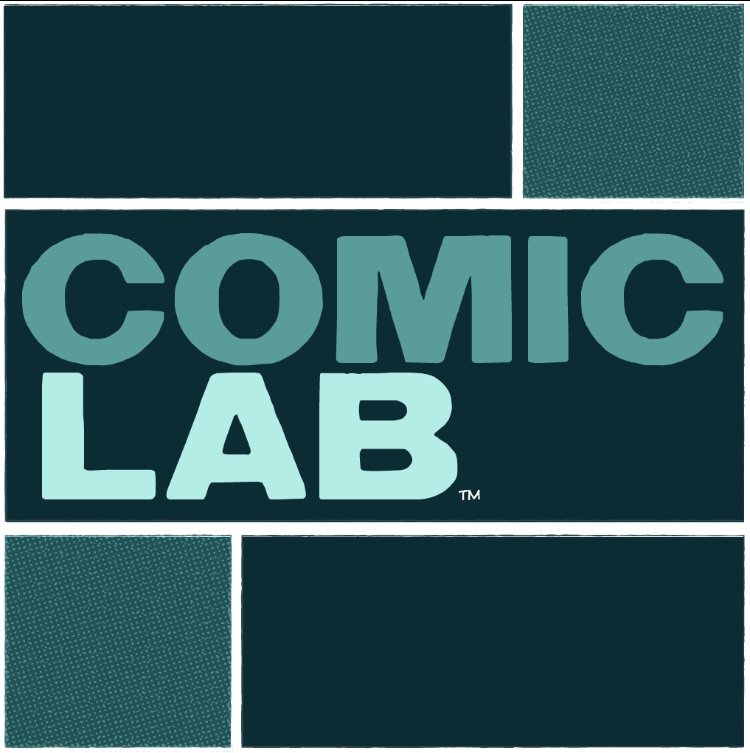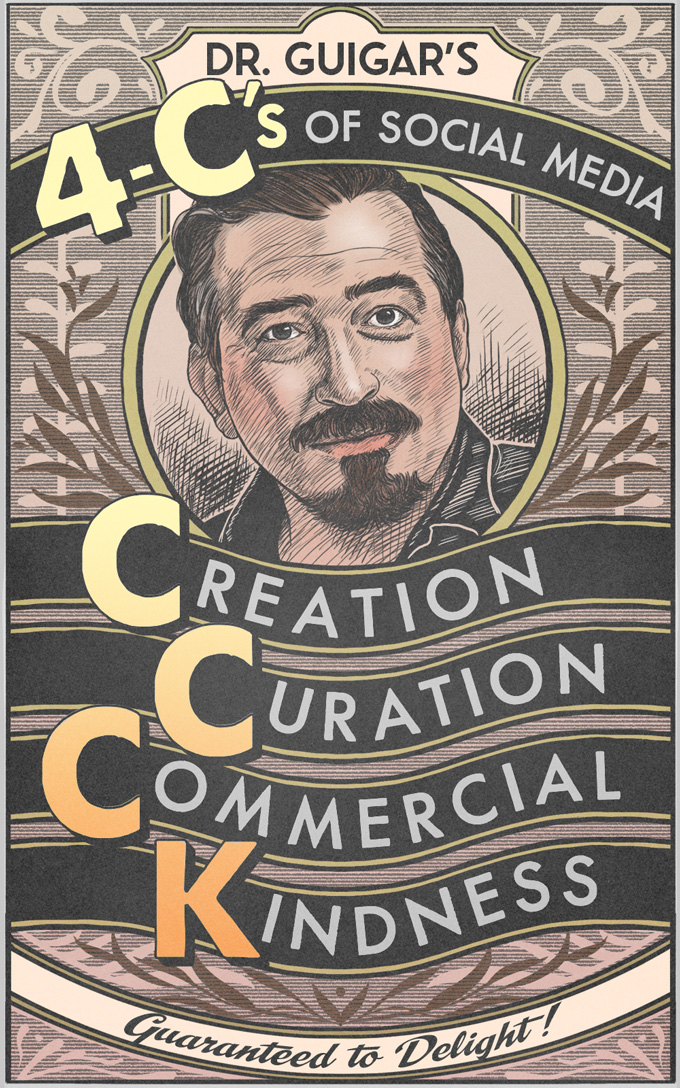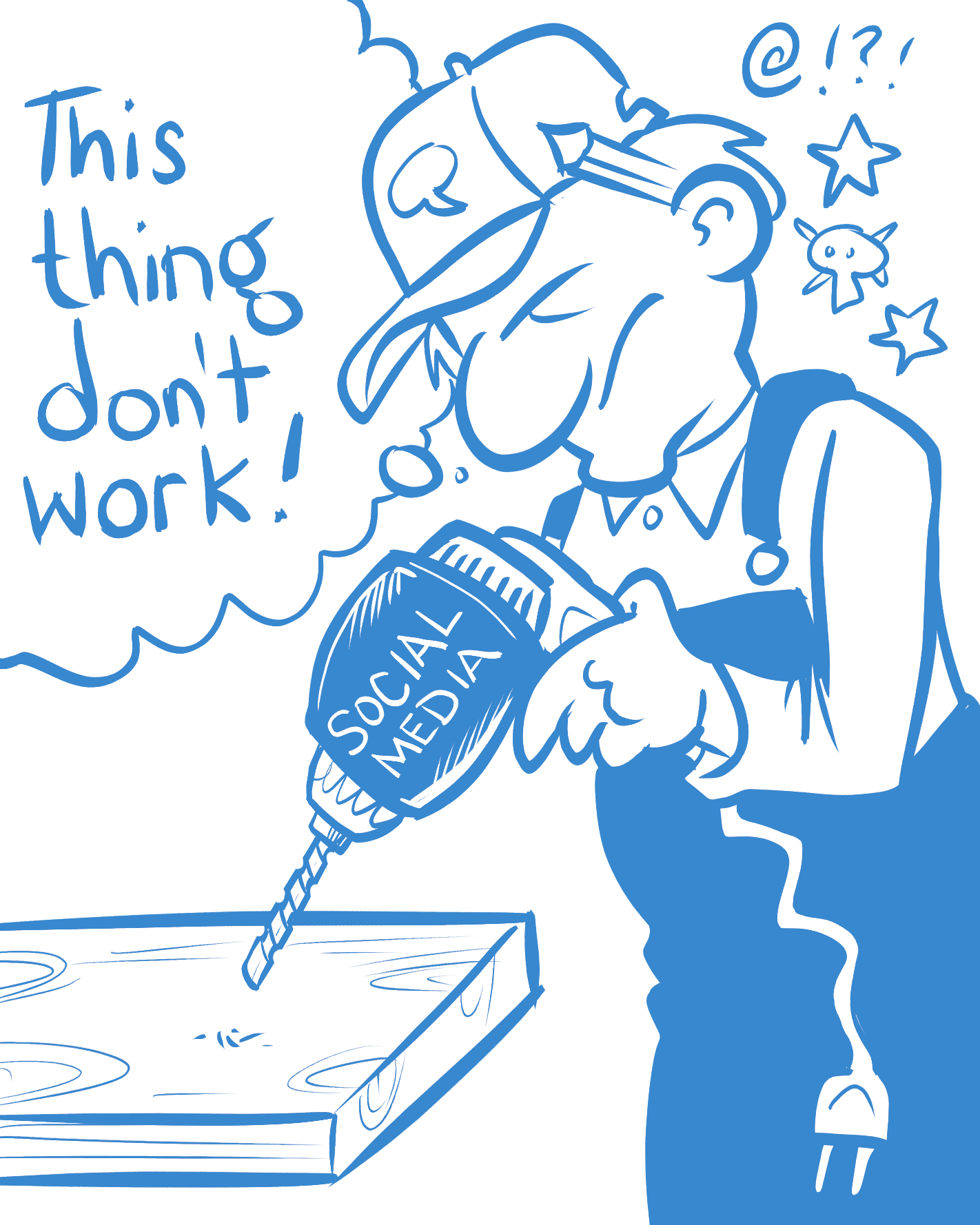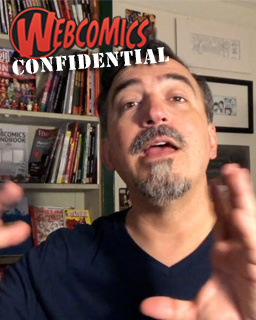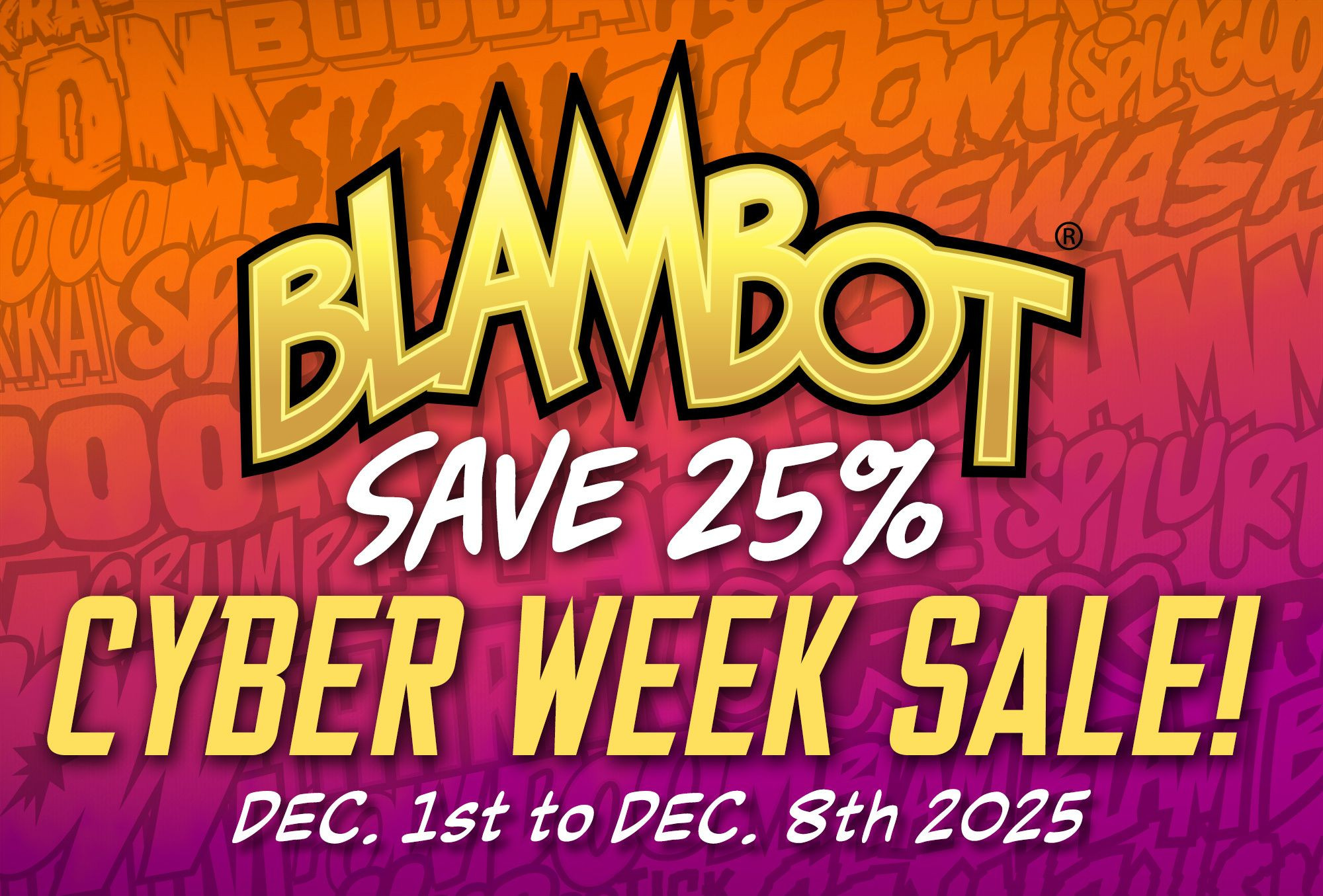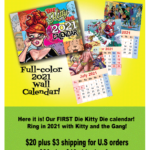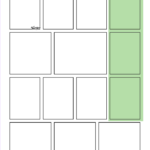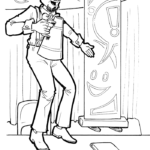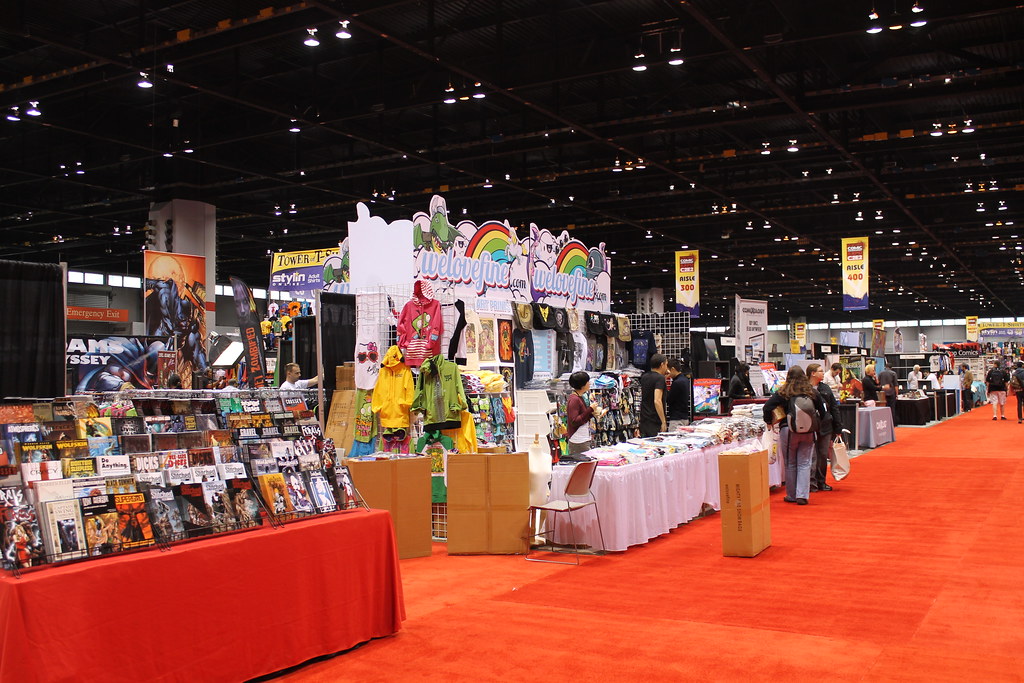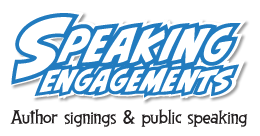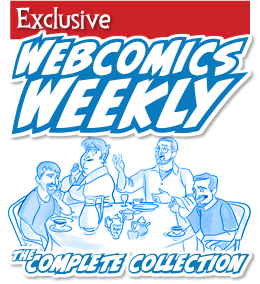A new strategy for the much-maligned calendar
FREE FRIDAY! Today’s post is available without a subscription! For years, I’ve advocated against printing calendars to sell to readers. The logic is very simple. You have an incredibly narrow window in which to offer this merchandise, and after that window closes (sometime in mid-January), your stock is completely unsellable.
That has changed.
The DIE KITTY DIE CALENDAR is now FUNDED! And available to add-on! @DieKittyDieNow @GiseleLagace @FernandoRuizArt @JustinSalvato @Fangs_Southside @astrocomix https://t.co/tMFKoRJF8k pic.twitter.com/Zb43ndbIlB— Dan Parent, DKD:Starstruck Kickstarter is Here! (@parentdaniel) April 13, 2020
Recently, I saw Archie Comics’ Dan Parent promoting the Kickstarter campaign for “Die, Kitty, Die“. Included in the list of Add-ons was this…
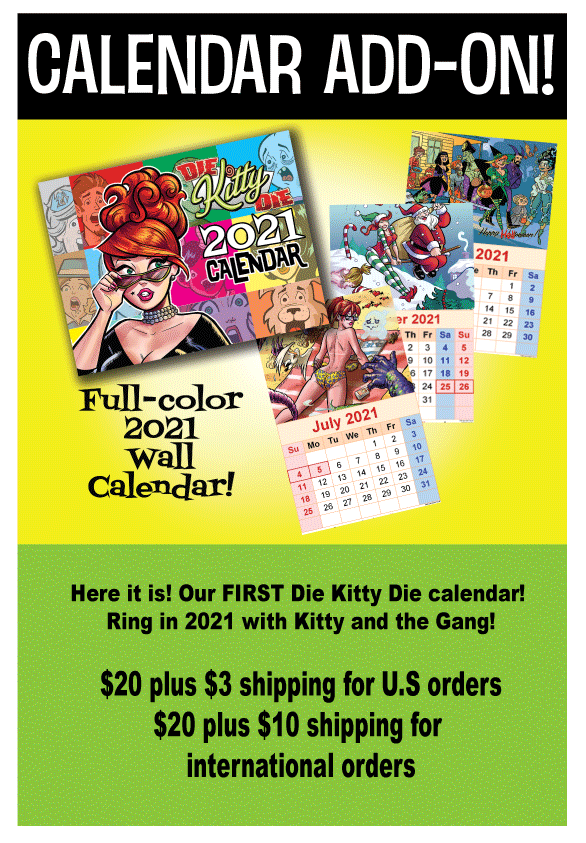
What a brilliant idea.
See, the problem with printing a calendar is that it’s incredibly difficult to foresee the correct number of units to print. Of course, you can do the print-on-demand (POD) route — as I’ve recommended in the past — but the profit margins on POD projects are notoriously small and the best (in my opinion) option for POD calendars, Redbubble, stopped supporting calendars altogether.
This strategy — including them as Kickstarter Stretch Goals or Add-ons — circumvents that entirely.
By piggy-backing your calendar onto a successful Kickstarter campaign, you start out knowing approximately how many calendars to print because the orders have already been placed. You can print enough to satisfy your Kickstarter backers, and you can include a small number of extras to sell later.
By getting the money and the orders upfront, you can print the calendars using an offset printing process or a high-quality digital one. That means higher quality, and more satisfied customers.
And, most importantly, you start the print project in the black. You’ve already paid your costs through the Kickstarter. So any extras you sell between now and next january as pure profit. If they don’t sell in time, you simple pulp them or throw them in as extras in all of your February orders. Or you can send them to your top Patreon backers. Or gift them to family. It doesn’t matter. You’ve already turned your profit.
If you — like me — have been vexxed by readers asking for calendars — or stung by printing calendars that didn’t sell within their window — this is an excellent tool to have in your back pocket when your next Kickstarter comes around.
